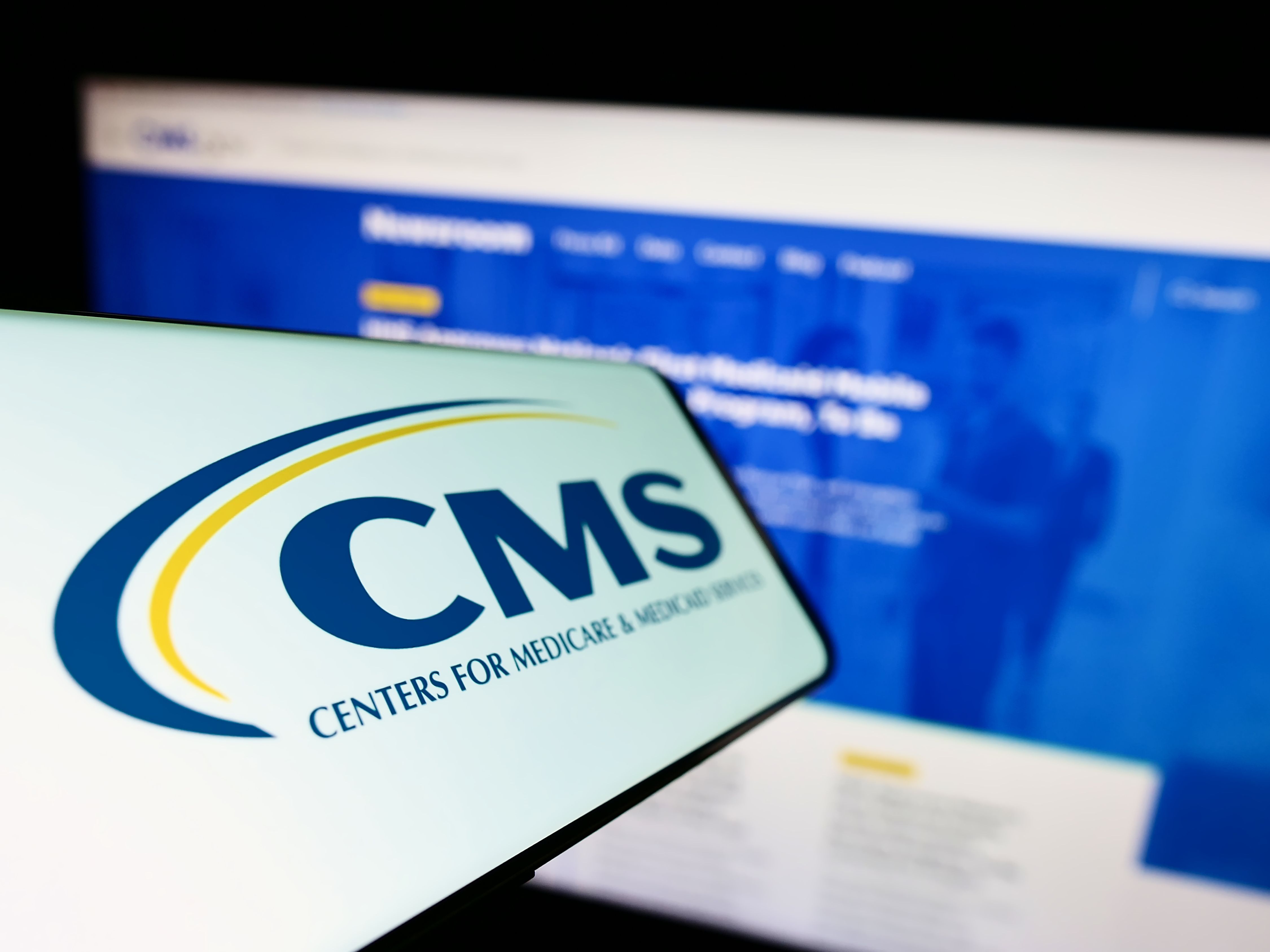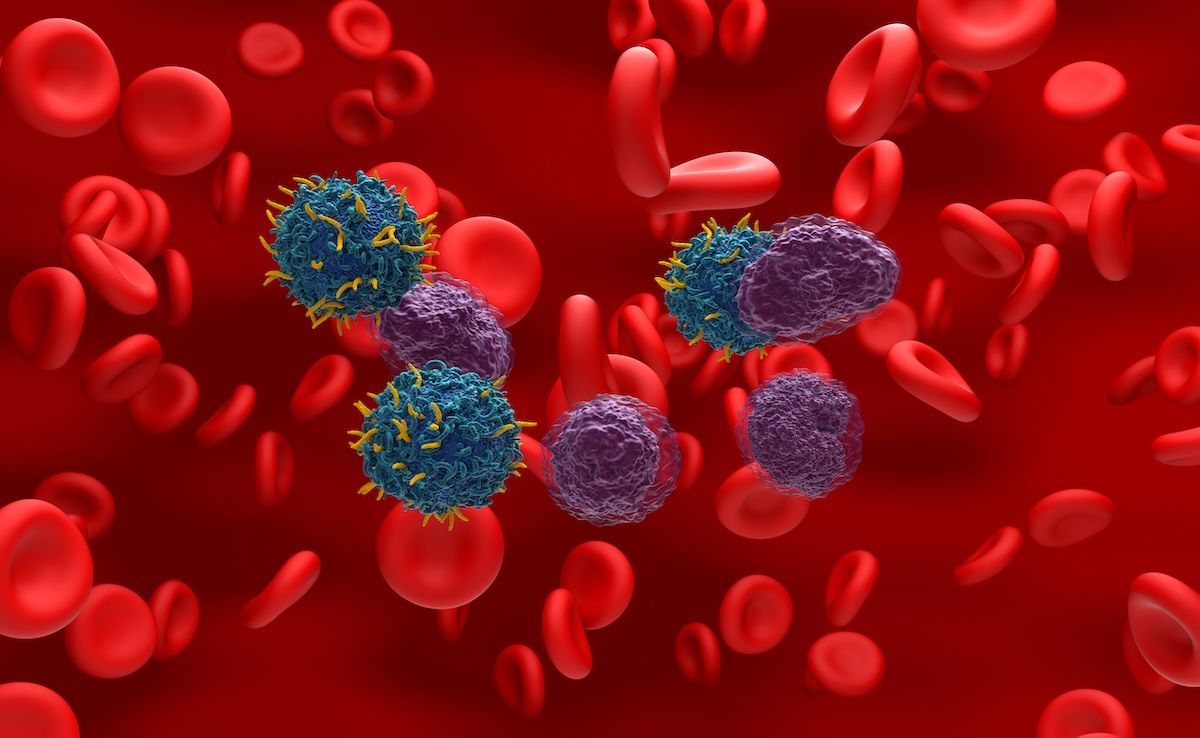Article
The Implications of Halting Biologics in RA Patients in Remission
Author(s):
Rheumatoid arthritis (RA), a chronic, progressive, hard-to-diagnose, systemic autoimmune disease that manifests primarily in the synovial membrane of the joints but also in other organs, affects approximately 1% of people in the developed nations.1-3 As the disease progresses, an increased erosion of the cartilage and bone can result in joint deformity, with the hands, feet, and wrists showing the most pronounced effect.1,2 Although the currently available treatment options cannot “cure” RA, they allow for improved disease management, translating to a better quality of life.
According to the American College of Rheumatology, 1.3 million adults in the United States are afflicted by RA,4 with the ratio of women to men almost 2.5 to 1.5 The disease was also found responsible for a 2-fold higher mortality compared with individuals without RA. A 2007 study estimated the cost of the disease burden in the United States at almost $128 billion annually in direct and indirect costs (including lost productivity).5
Disease Biology
As is the case with numerous other conditions, patients with RA may be predisposed to the disease as a result of both genetic (HLA class II genes, PTPN22) and environmental factors (tobacco use, reproductive hormonal exposure, dietary factors, and microbial exposure).1
The normal lining of a joint is thin, with few blood vessels and absolutely no white blood cells (WBCs). However, in a person newly diagnosed with RA, the lining thickens and is overrun with WBCs, which release inflammatory molecules such as cytokines, resulting in pain, joint swelling, and joint damage. The release of cytokines into the bloodstream also causes fatigue and a feeling of being unwell. This inflammatory response results in wear and damage to the cartilage and bone in various joints in the body (see Figures).2
Treatment Options and the Revolutionary Use of Biologics
So far, there is no “cure” for RA, and treatments provide mostly symptomatic relief. The goal: slow disease progression to avoid further joint damage, reduce pain, and achieve clinical remission. In addition to treatment with the medications listed in the Table, patient education on disease management and physical therapy may be essential.
Typical treatments include disease-modifying antirheumatic drugs (DMARDs) and nonsteroidal antiinflammatory drugs. Recent progress in drug development has provided patients with the option of biological response modifiers, which can target the patient’s immune system to generate an anti-inflammatory response.6 Immunomodulating agents, both biological and synthetic, have proved immensely useful in disease treatment, although their mechanism of action can increase the patient’s susceptibility to infections. There have also been reports of a slightly increased risk of melanoma with certain agents.3
Remission in RA: The What and the How
Adequate treatment can help patients achieve “remission,” defined as the absence of active disease. However, as was pointed out by participants in the discussion on RA convened by The American Journal of Managed Care, defining remission is quite challenging (SP429). The bottom line, said the panel, is that a combination of patient-reported outcomes, physician assessment, and clinical assessment is required.
With the advent of the newer biologics, the dream of near remission is closer than ever: remission can help patients avoid lifelong treatment, improve their safety, and control costs. Several studies have recommended considering withdrawing treatment, especially with biologicals, in patients in remission. A study conducted in the Netherlands on 120 RA patients in remission, on infliximab treatment in combination with other DMARDs, evaluated the outcomes of 4 different strategies of treatment
withdrawal.7 The encouraging result: 25% of the patients had at least 6 consecutive months of low disease activity following discontinuation of the treatment, while 50% of the patients performed well when infliximab was permanently discontinued but methotrexate was continued.
A research group in Spain reviewed several global studies that evaluated the effects of treatment withdrawal in patients in remission, either in the early stages or with established RA.8 The review confirmed that in patients at an early stage of the disease, the “window of opportunity”—during which appropriate treatment can suppress or reverse disease—could be used to successfully treat patients with DMARDs, alone or in combination with other drugs. Medication could be stopped in patients with clinical remission after 1 year of therapy, and the patients closely monitored to reintroduce therapy as necessary. Although established RA patients were harder to treat, a treatment pattern similar to that used with the early RA patients could be followed.
A study recently published in the Lancet successfully achieved the end point of stable, low disease activity following withdrawal of adalimumab (Humira) in early RA patients. The trial randomly assigned 207 patients to either adalimumab continuation or withdrawal, and observed no difference in disease progression between the 2 groups a year later.9 However, another trial that evaluated the effect of withdrawal of etanercept in patients with moderately active RA did not maintain remission.10
Guidelines to Identify Patient Subsets for Withdrawal
Although researchers seem to concur that biological treatment withdrawal can be more easily managed in earlystage patients,8,10 certain variables need to be defined to consider discontinuation:
1. Was the design based on dose reduction or complete withdrawal?
2. Goal of treatment prior to withdrawal
3. Time needed to achieve treatment goal
4. Duration of RA among the patients
5. Prior treatments
6. Level of disease and depth of response achieved with the biological
7. Concomitant medications during discontinuation
8. Definition of treatment success and failure
9. Patient follow-up period
10. Was re-treatment effective?
11. Can predictors of response be identified?11
The jury is definitely still out on whether treatment can be halted in patients who have achieved remission. The studies that evaluated halting treatment with etanercept and adalimumab point to a likely difference in the mechanism of action of the biological agent being used for treatment. Considering the cost implications of lifelong RA
EBIID
treatment, especially with the newer biologicals, dose reduction and treatment withdrawal should certainly be advocated.

Navigating Sport-Related Neurospine Injuries, Surgery, and Managed Care




